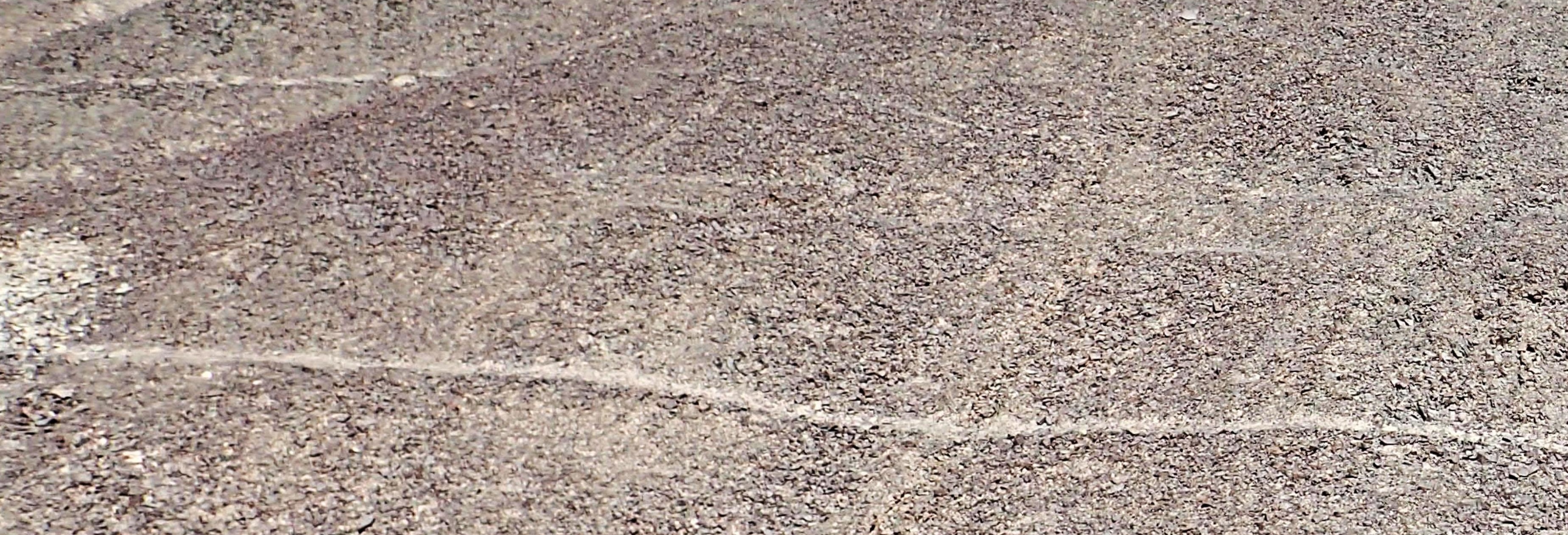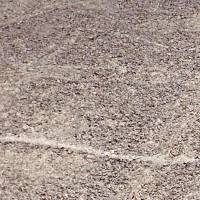A research team from Yamagata University has found 24 geoglyphs on Peru's Nazca Plateau that are believed to be older than the famous hummingbird and monkey geoglyphs at the UNESCO World Heritage site.
The geoglyphs, discovered about 1½ km north of the town of Nazca in southern Peru, include what looks like a llama and other unrecognizable land pictures, which are believed to date back to 400 to 200 B.C., the team said Tuesday.
The largest is about 20 meters in length, they said.
The geoglyphs, found in surveys between last December and February, have been reported to the Peruvian government.
"Nazca geoglyphs are being affected by the expansion of urban areas. We want to preserve them by sharing their importance with local people," said Masato Sakai, a professor at the university's Nazca research center, which opened in Peru in 2012.
The research team started its fieldwork on the Nazca lines in 2004. To date, they have discovered around 50 geoglyphs in the area.




